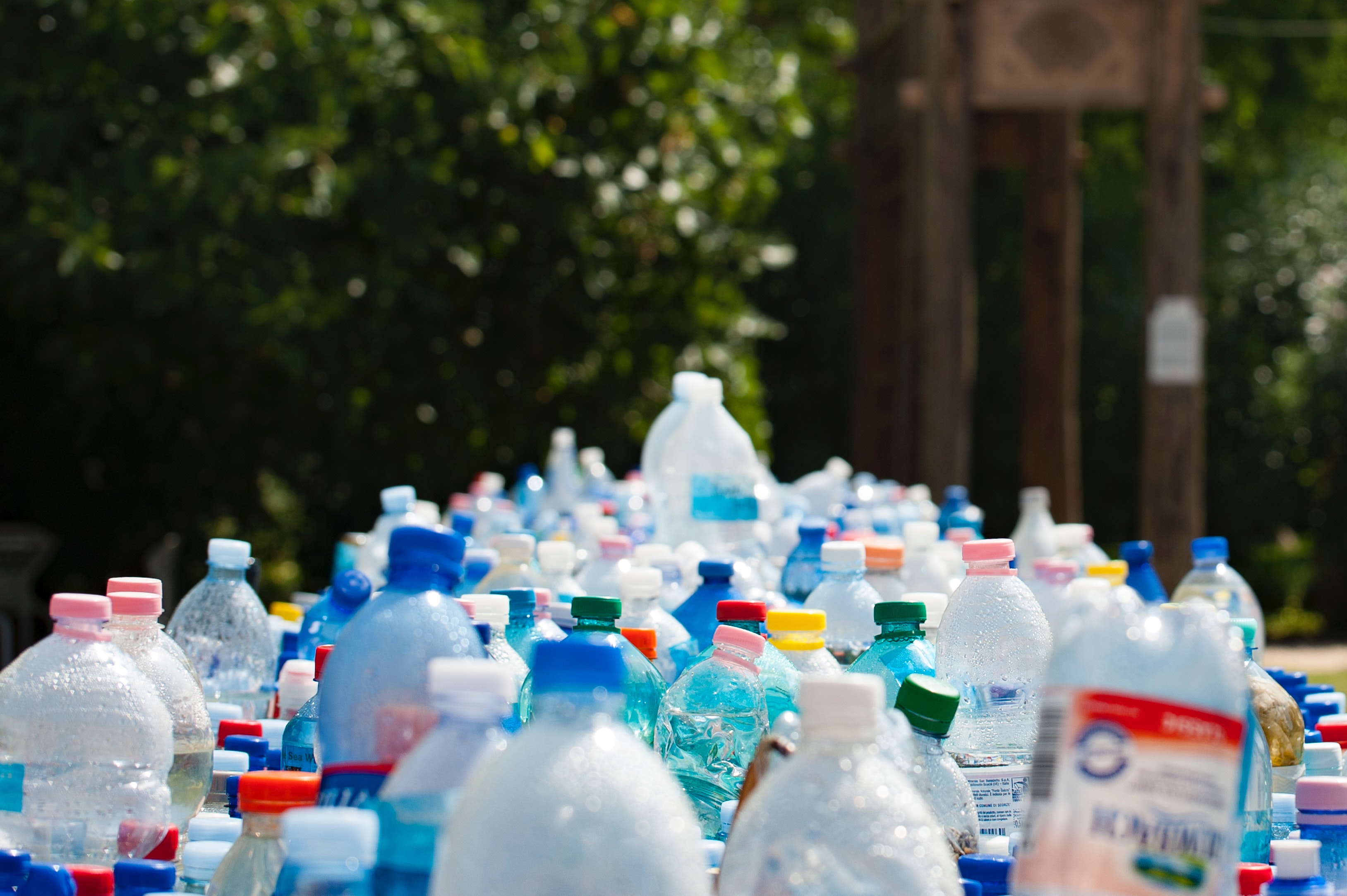What do you know about plastics? We interact with plastic every day, from our phones to our cars, even our soaps contain plastics. However, most people never think about the invention of plastics so we have created this brief history for your enjoyment.
The first elastic polymer was invented in 1869 by John Wesley Hyatt as a substitute for ivory, which was commonly used in billiards. For the first time, mankind was not confined to the limitation of nature in manufacturing. Originally this invention was touted and praised for being a product that would save the environment by sparing bone, wood, stone, tusk, and horn from being over-harvested.
Bakelite was invented in 1907 by Leo Baekeland and was the first fully synthetic plastic, plainly put; it had no molecules present in nature. Bakelite was marketed as “the material of a thousand uses” Highly durable and moldable it was a modern engineering marvel.
Plastic became indispensable during WWII when resource scarcity became as important to survival as patriotism. The invention of Nylon in 1935 by Wallace Carothers, was introduced to the market as “synthetic silk” it was employed throughout the war as rope, parachutes, body armor, helmet liners and even more. During WWII plastic production in the US increased by 300%
The growth of plastic exploded even further after the war; author Susan Freinkel, “In product after product, market after market, plastics challenged traditional materials and won, taking the place of steel in cars, paper and glass in packaging, and wood in furniture.” Creating an almost Utopian future of the possibilities of plastics.
In 1975 The National Academy of Sciences approximated 4.5 metric tons of plastic were discarded and lost at sea annually at that time. Since these early studies, the demand for single-use disposable plastic products has exploded, having an even more drastic impact on our marine ecology. Recent studies have estimated the amount of plastic being released into the ocean to be at least 8 tons annually.
Written for Reduce Impact & Seas Lyfe by Kayla Cale


Recent Comments